Light Sources and Color Fidelity
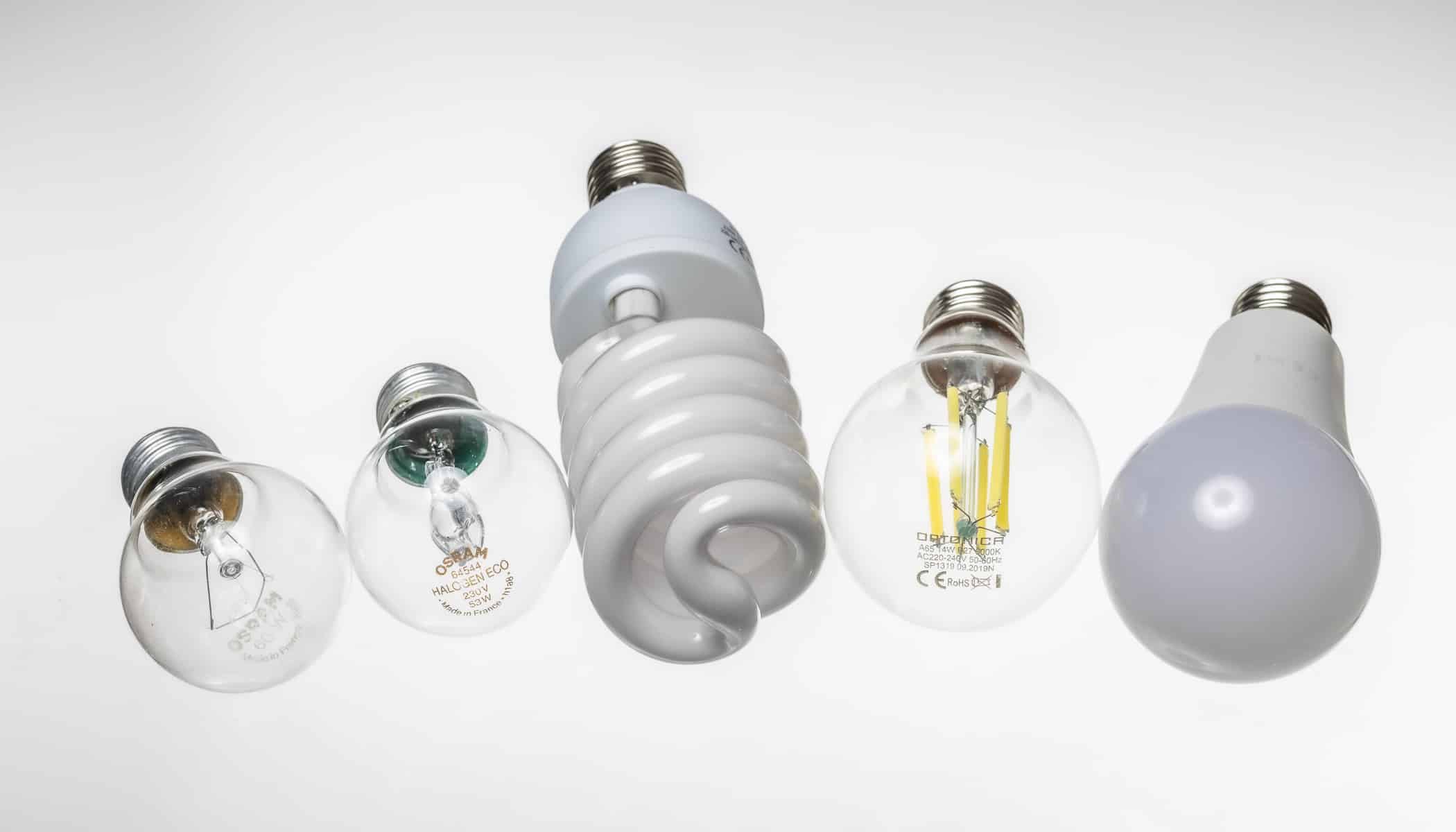
Lights and light bulbs are mainly chosen based on their light intensity or color temperature. There are many types of lights on the market. For creative professions, color fidelity is very important. If you haven’t paid much attention to color fidelity until now, you may be surprised to learn that there is a visible difference between different lights and how people and objects look under them.
I wrote this article after changing some lights in my home. My understanding of color fidelity helped me choose the lighting that was right for me. My curiosity got the best of me and I wanted to confirm or deny the marketing claims of different lights. I also wanted to find out if lights that are better rated are truly better for photography. I was helped in the process by my camera and spectrophotometer used for calibrating monitors and printers.
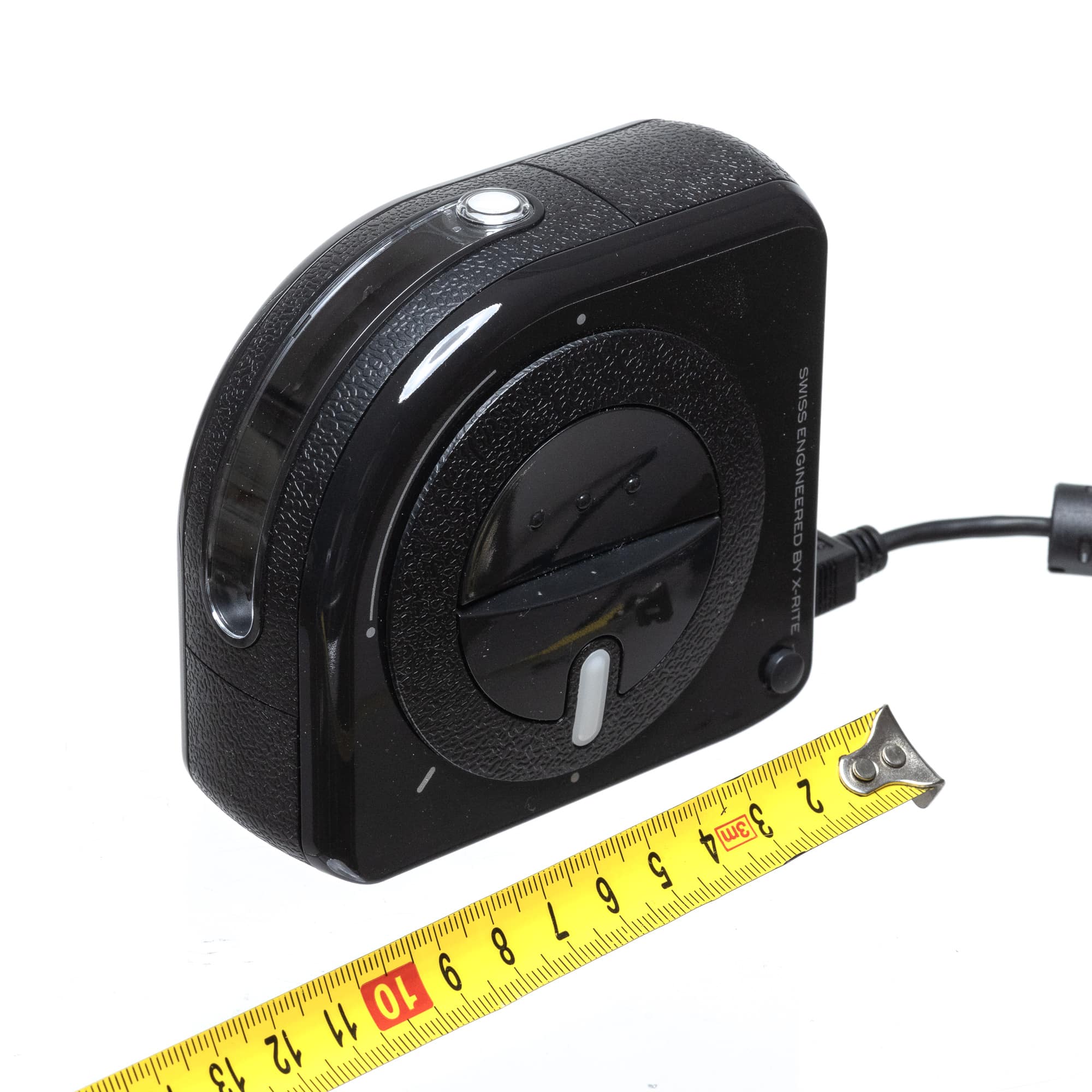
It turns out better lights do make a difference and I observed these differences with my own two eyes. I want to pass on my findings to help you learn more about CRI and how it can be useful for photography.
What we already know about CRI and R9
CRI, or Color Rendering Index, is a rating system for light sources based on how well they reproduce colors. The maximum value is 100. The sun and heated light sources like candles can reach this maximum value. Other lights have a lower number, down to 0, which means the colors are completely indistinguishable.
Since one rating alone is not enough, sometimes an additional R9 value is used to indicate the color rendition of red. It also has a maximum of 100, but it can fall into negative numbers.
Heated light sources score the best
Light sources that heat up to a high temperature have the highest rating. These include the sun, candles, as well as conventional filament light bulbs and halogen lights. All have a CRI and R9 of over 95.
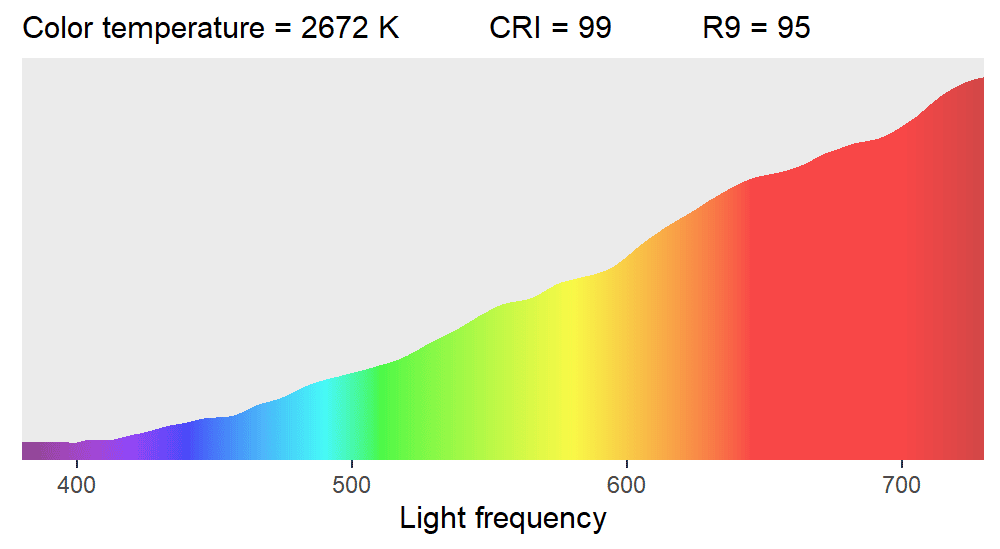
It is encouraging to see that the category with the highest ratings also includes camera flashes and strobes. I tested several of these from four different manufacturers. All had CRI and R9 ratings over 90, indicating excellent color rendering.
Ordinary home lights
Today, most household LED light bulbs usually have the CRI > 80 label. The few I had the opportunity to test had a CRI between 82 and 84. Unfortunately, their R9 was between 4 and 15, so they were severely lagging in red color rendition.
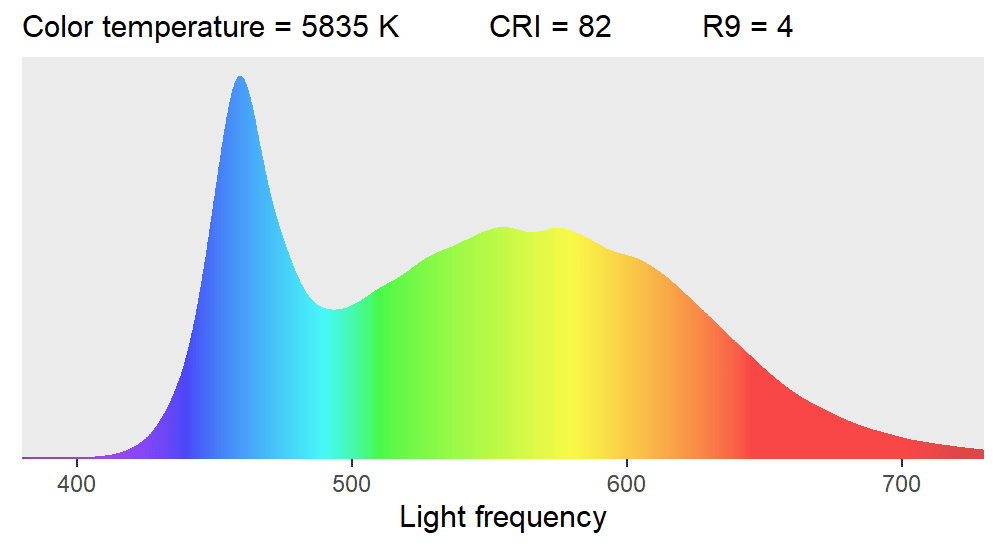
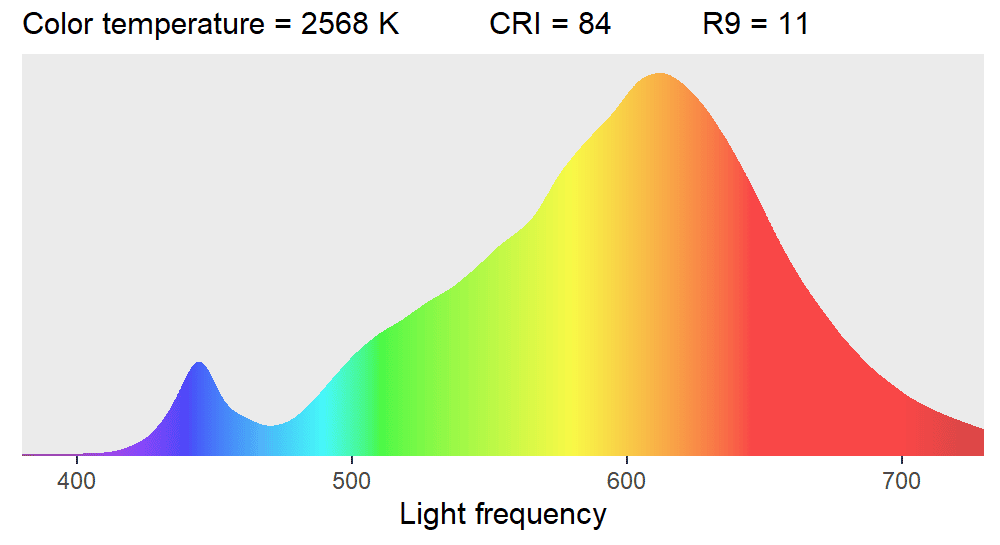
The fluorescent lights I tested had a narrow CRI range, between 81 and 85. However, their R9 rating was unpredictable—For several brands, I got numbers in regular intervals of -24, 0, 26, 46, and 62. The last one was specifically for photography.
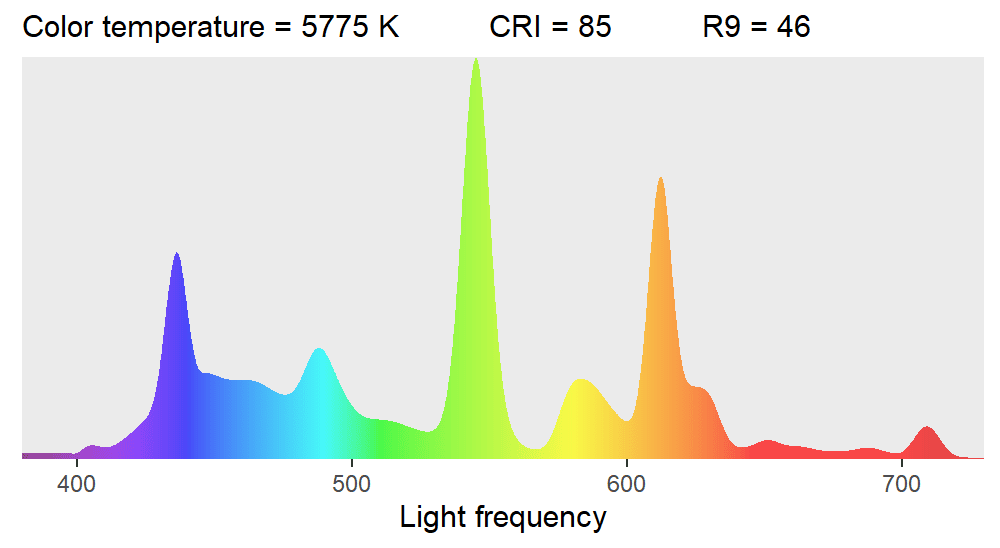
LED lights with high CRI
Fortunately, for more distinguishing photographers, LED lights boast a high CRI. But there are differences among them too.
I tested the Emos True Light with a CRI of 94 and R9 of 66. My measurements matched both numbers from the product information sheet exactly. These results are very good, but I came across an even better light with a standard E27 base.
The best LED bulb I tested was from V-TAC, which has CRI 95+ on its label. They also make normal bulbs with a CRI of 80. I measured a CRI of 96-97 and an R9 of 85-90. While the information sheet lists an R9 of 97, those numbers are still impressive.
Interestingly, the spectrum for the Emos and V-TAC bulbs is very similar, varying only slightly, but even that is enough to account for this change in color rendering.

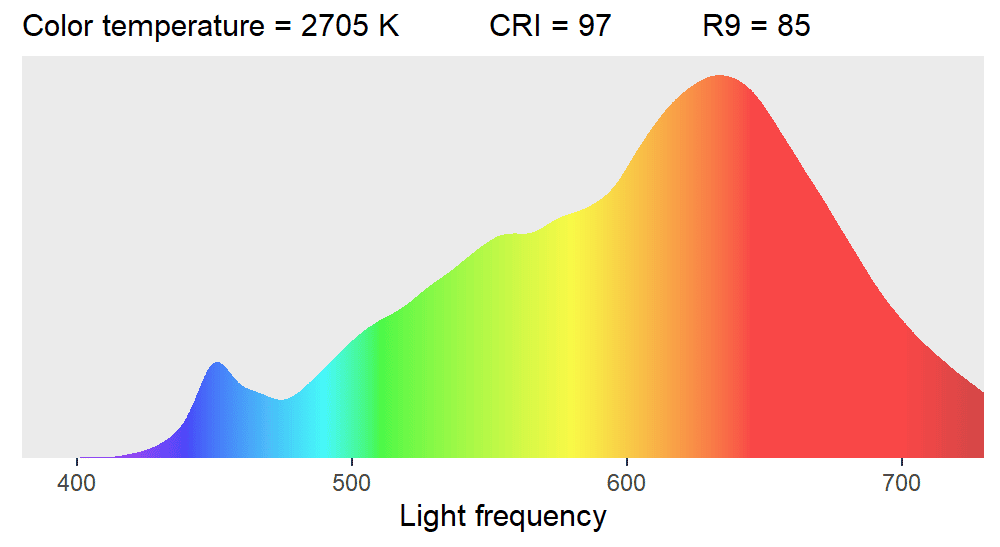
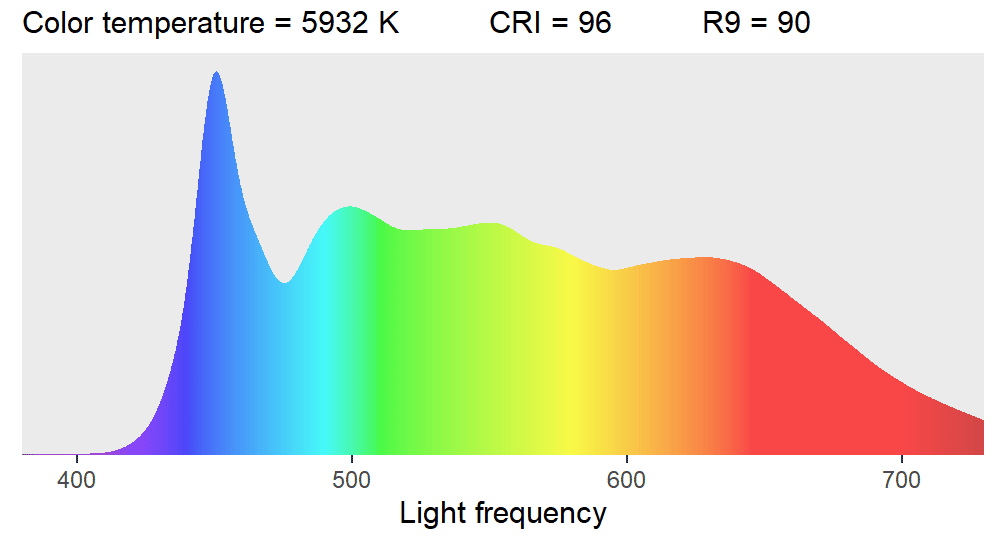
To give you an idea of what it means to use an LED light with average and above-average color fidelity, I’m including a calibration chart from two different lights. You may not notice the difference immediately, but it may be significant for some types of work.
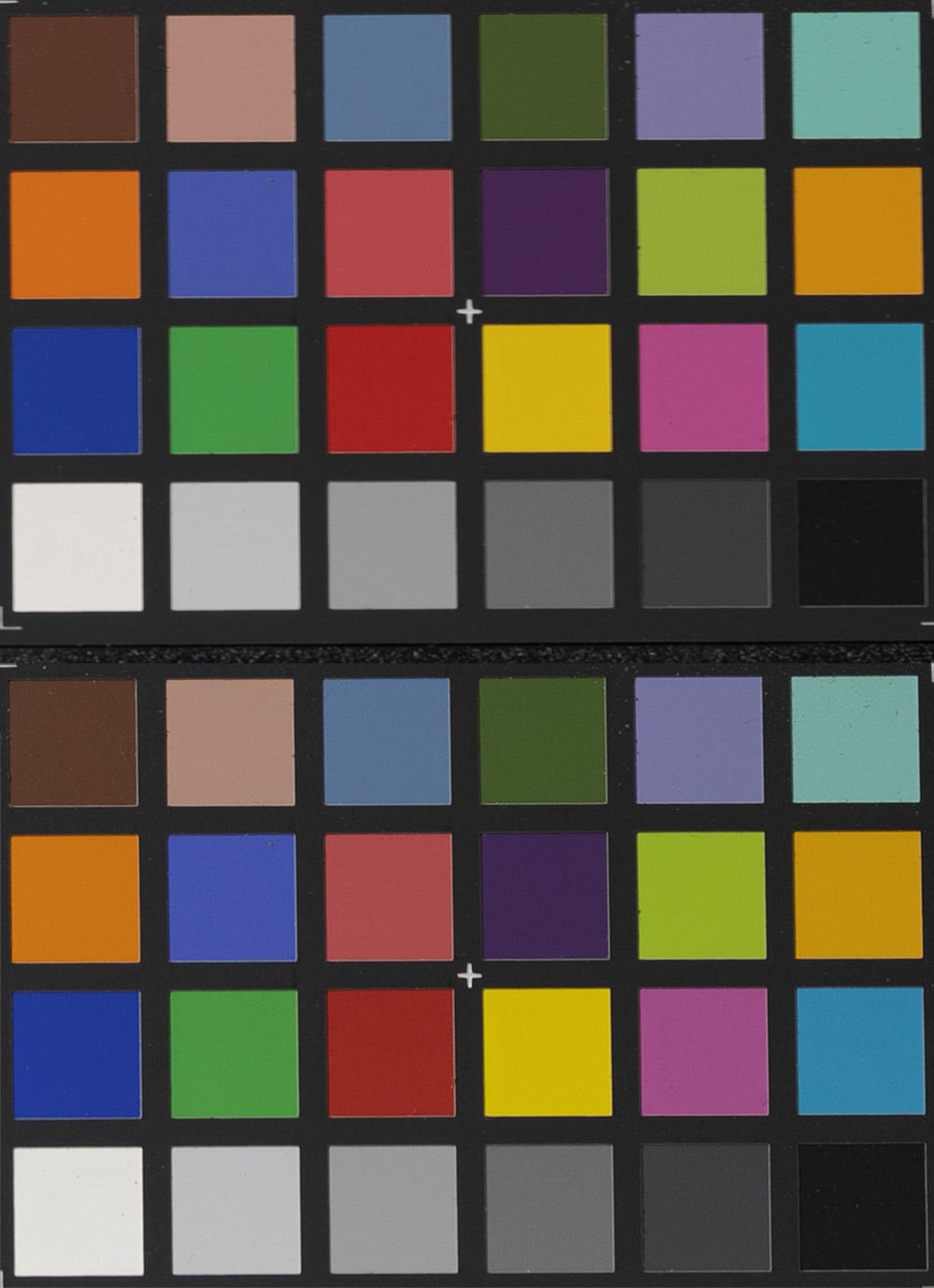
Practical application
I mentioned color work at the beginning of this article and good quality light is important for all artists. Photographers looking for a permanent light source for their work will also benefit from this knowledge. Just keep in mind that some LED lights can flash at frequencies of 50 or 100Hz.
Light doesn’t have to only appear in images. Imagine if a product photographer takes pictures of a product and then uses editing software to create the product’s other color versions. Typically, they are basing this off the real products they see in front of them, and a good light source is a necessity.
From experience, I also remember a few instances where subjects had abrupt color transitions in their makeup, which I now know was a lighting issue. The makeup artist was forced to work under a low CRI light source so they simply couldn’t see the changes in subtle shades of makeup. The camera flash with a high CRI later exposed the different parts. Luckily, the portrait was able to be saved using photo editing.
Higher energy consumption in exchange for quality
Unfortunately, there are some disadvantages to high CRI lights. It’s not easy to precisely adjust the light, meaning lower efficiency. This is measured by the number of lumens (light emitted) that we get per 1 watt of electrical output. I was not able to measure consumption, so we have to trust the information from the manufacturers.
The lightbulbs we tested with CRI > 90 emit 112 lm/W (Emos TrueLight) and 89 lm/W (V-TAC), which is roughly equivalent to regular store-bought LEDs with a CRI of 80 and a great number compared to about 15 lm/W for a conventional bulb. It’s just that both companies also sell better LED light bulbs with values 30-50% higher. Higher energy consumption is the price you pay for better quality light.
However, technology is also advancing very rapidly and at the time of writing (end of 2022), LEDs are coming out with significantly better lm/W. For now, they have a CRI of around 80, but we can expect to see lights with better color rendering as the technology improves.
The decision is yours
And again, we find ourselves in a dilemma. The dilemma of light quality versus low energy consumption. High CRI lights are not essential for normal household activities, so it makes sense to look for high-efficiency lights for these spaces. On the other hand, when accurate color rendering matters, it’s worth trying to get a quality light with a high CRI value and ideally a high R9 value. But the decision is ultimately up to you, and I hope this article helps you make the right one.

There are no comments yet.